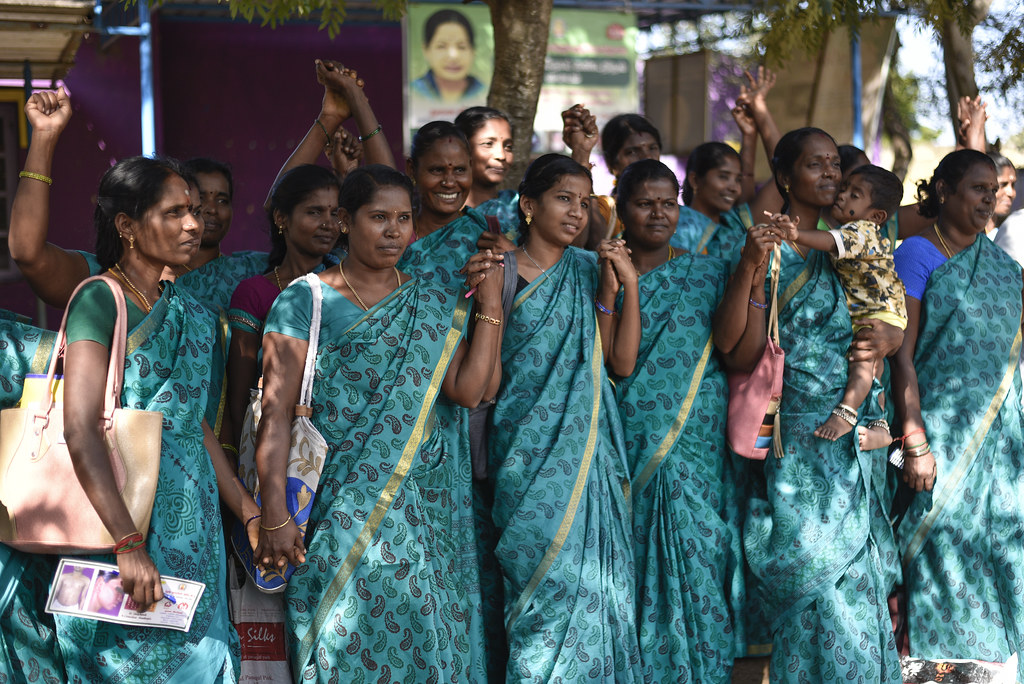Context:
The National Curriculum for Early Childhood Care and Education 2024, titled ‘Aadharshila,’ has been unveiled by the Ministry of Women and Child Infectious Respiratory Particles (IRP)Development (MWCD).
Key highlights
- It aligns with the National Education Policy 2020 and the National Curriculum Framework.
- Aadharshila ( means foundation stone) is a comprehensive 48-week curriculum designed for children aged three to six years olds in Anganwadis, enhancing pre-school education in over 1.4 million anganwadis nationwide.
- The MWCD, in collaboration with the Ministry of Education, envisions Anganwadis serving as preschools, where children receive fundamental education to children and enhancing their literacy and numeracy skills.
- The framework document has been completed by an internal committee consisting of representatives from various entities including the MWCD, the Ministry of Health, Ministry of Education, and civil society organizations etc.
Anganwadi
- Anganwadi is a government-sponsored child-care and mother-care development programmes in India at the village level.
- It primarily targets children in the 0-6 age group.
- It was started by the Indian government in 1975 as part of the Integrated Child Development Services (ICDS) program to combat child hunger and malnutrition.
- It caters the health and nutritional requirements of pregnant mothers and children
Features of National Curriculum for Early Childhood Care and Education 2024
- The curriculum includes a weekly based play calendar, beginning with four weeks focused on transition of children from home to the anganwadi center through engaging academic activities and free play.
- The subsequent 36 weeks emphasize exploration, free play, conversation, creation, and appreciation, incorporating various activities such as storytelling, singing rhymes, and arts and crafts.
- Storytelling themes address topics like conflict resolution, responsibility, and cooperation.
- Throughout the curriculum, children learn about colors, shapes, numbers, senses, body parts, family dynamics, and basic counting, while also engaging with themes like seasons, festivals, and food.
- The final eight weeks are dedicated to reviewing and reinforcing previous learning through worksheets and observing children’s performance.
- Activities and schedules are tailored to different age groups, with detailed instructions on materials, age-appropriate specifications, variations, teacher notes, curricular goals, and observed competencies.
- The curriculum spans three years, targeting a minimum of 48 weeks of learning for children aged three to six in a mixed-age setting at anganwadi centers.
- This comprehensive approach fosters listening skills, vocabulary development, imagination, storytelling, instruction-following, creativity, social interaction, self-expression, and self-esteem, facilitating a smooth transition to Grade 1.
Significance
- This Framework will provide a basis for States to develop culturally appropriate curricula, aiming to address potential educational challenges in later schooling years.
- This curriculum document will be incorporated in training sessions, equipping anganwadi workers to take on the role of preschool instructors.

